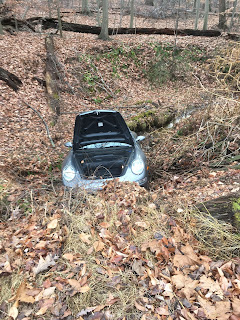 My guilty pleasure is watching HGTV shows about home renovations. “Love it or List it.” “Flip or Flop.” “Property Brothers.” “Fixer Upper.” “Tiny House Hunters.” Even my husband now watches, remarking on the strange and sometimes silly choices made, both by homeowners and renovators.
My guilty pleasure is watching HGTV shows about home renovations. “Love it or List it.” “Flip or Flop.” “Property Brothers.” “Fixer Upper.” “Tiny House Hunters.” Even my husband now watches, remarking on the strange and sometimes silly choices made, both by homeowners and renovators.At this point, I’ve seen enough shows and refurbished homes that they’re all starting to look alike. I can predict with certainty that interior walls will come down, large islands will dominate new kitchens, hardwood floors will supplant carpeting, and subway tile will be the go-to choice for bathrooms and kitchens.
I could play house-hunting Bingo with phrases likely to be muttered by potential homeowners viewing properties:
- “This kitchen is sooooo dated.”
- “Ew, I don’t like the brick fireplace.”
- “There’s no ‘wow’ factor in the foyer.”
- “I don’t think having one sink in the bathroom will work for us.”
- “White walls, how boring,” or “I don’t like the wall color; it all needs to be white.”
Still, I can imagine an HGTV host walking in the door and pronouncing my house dated. Corian instead of quartz countertops? A kitchen peninsula instead of an island? No shiplap or backsplash? A laundry area in the kitchen? How quaint and 1980s. They would definitely recommend ripping everything out and starting fresh.
“Have at it,” I’ll tell the next buyers, but I’m not going anywhere anytime soon. Rather than dated, I consider these timeless design elements. My house is functional, if not trendy. I did have subway tile in my first house, but after years of riding subways, I now associate them with the pungent smell of urine. So, no thanks, I won’t be choosing subway tile anytime soon.
The more I watch home shows, the less enamored I become of the result. Most look like showplaces or upscale hotels instead of cozy homes. Or they are the nth version of redesigns featured in previous weeks. Some even look just like the home section of retail stores. Maybe I would want a trendier look if I were buying my first house, but these days I’m content with tried and true.
My only comfort is knowing that today’s trends quickly turn into tomorrow’s outdated designs, which in time become vintage. All I have to do is wait.






















